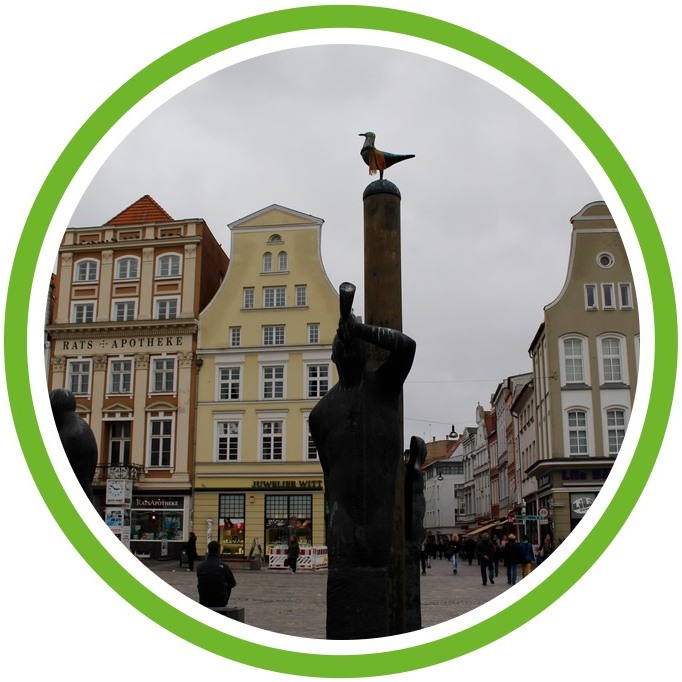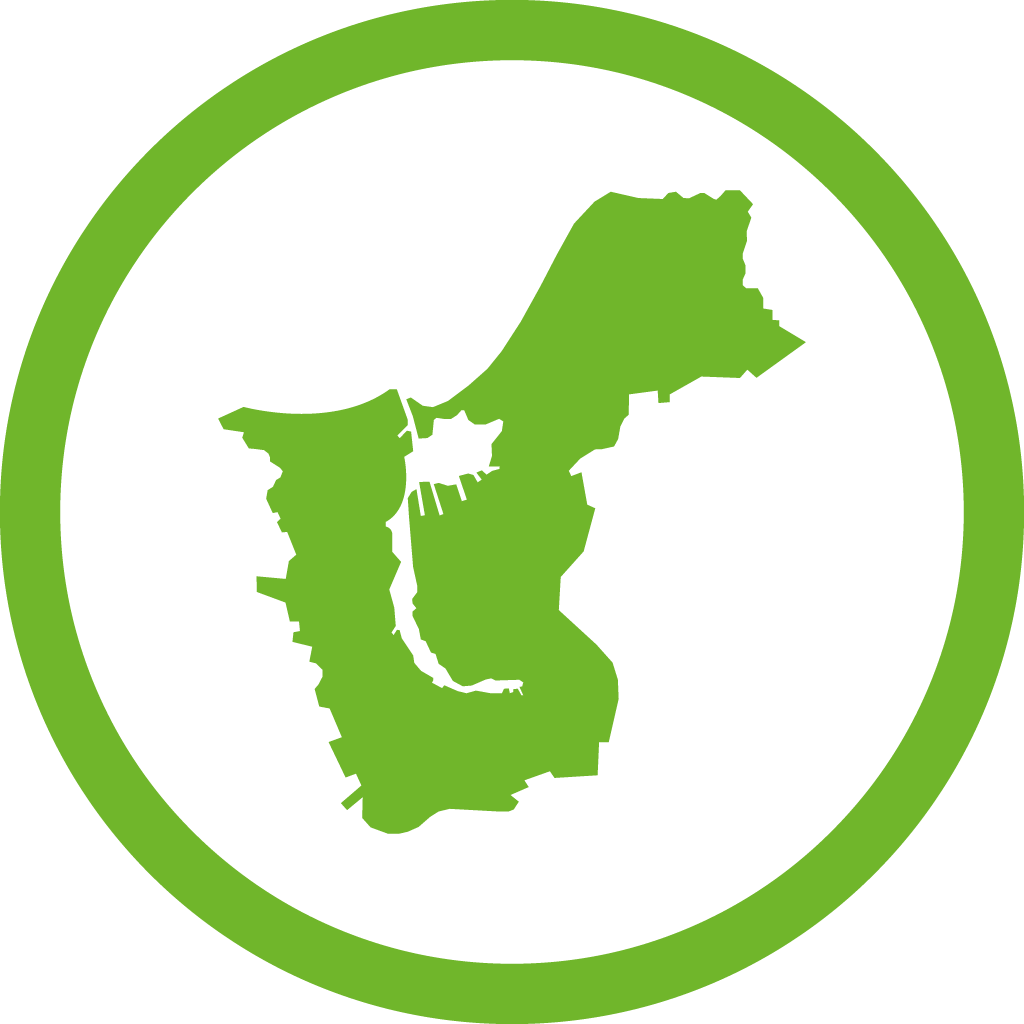Not in the mood for reading?
You can listen comfortably to all the information here and while exploring the region.
The Kaiserpanorama and colonial display
We are at Neuer Markt, which was already an important meeting place at the start of the 20th century. Apart from some exhibitions you could have found the so called Kaiserpanorama. This was a popular mass medium where 25 people watched different series of pictures in color or even 3-dimensional at the same time. You could call it call it an “image cinema”, so to speak.
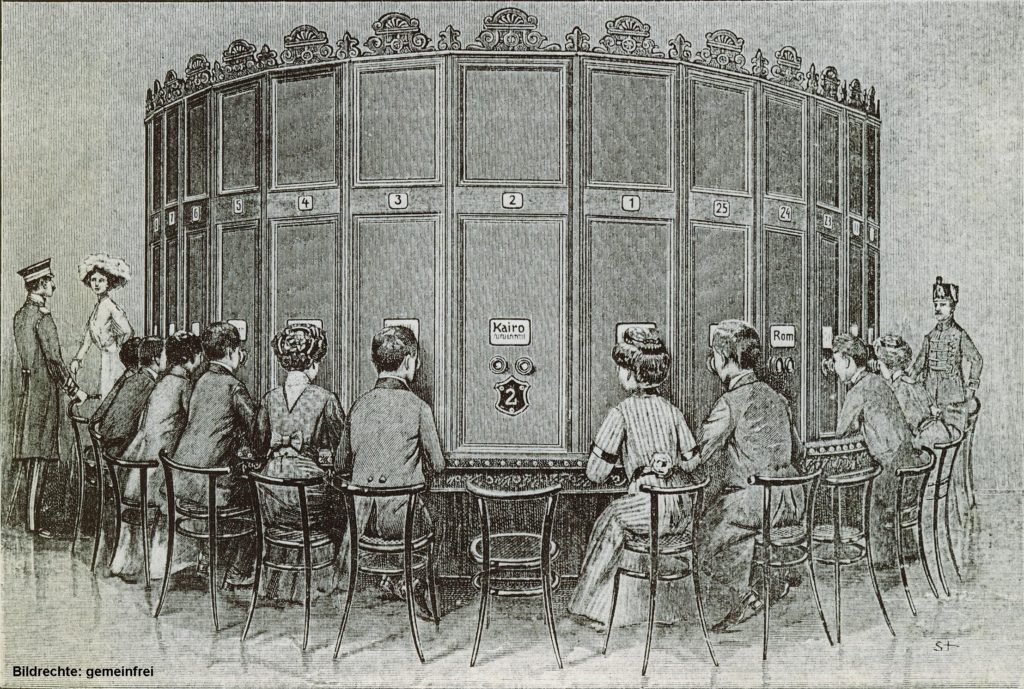
The Kaiserpanorama around the 19th century
The commercial usage on that massice scale was promoted in a number of large cities in Central Europe by August Fuhrmann, who was a german physician and contractor. The first Kaiserpanorama of Rostock opened in the year 1890 at Neuer Markt. Carnies brought the most diverse pictures into the city over a period of 25 years. A Kaiserpanorama was build in Warnemünde additionally, because of the many bathers each year. In the year 1910 you could find a Kaiserpanorama branch in over 250 cities in Central Europe.
You could say that the Kaiserpanorama was a predecessor of photojournalism. Instead of taking a far away and expensive trip, you had the possibility to view diverse pictures for 30 Pfennig. The presentations were to be for educational purposes and entertainment. Even if you could find everyday scenes, inventions, and other interesting news in these series of pictures, the main purpose was to show more the exotic appearances of people and countries. People of the Middle Class could view unaffordable travel destinations and landscapes.
The importance for the postcolonial tour in Rostock is more the result of the way human beings from colonial countries were represented. Racist representations and stereotypes were often used and structures of domination were portrayed. This visiual reproduction could support this as normal (normalization) and legitimize this as such.
The Kaiserpanoramas were not the only ones showing this kind of representation, another was the so-called human zoo. These human zoos were ethnological expositions, or better public exhibitions, of (enslaved) members of ‘tribes’ in a so-called primitive state. They were taken advantage of, for example, for commercial use. In Germany, approximately 400 of these human zoos took place from 1871 until the 1930s. Rostock and Warnemünde were only two of the cities where these were happening. Each exhibition followed a specific pattern of staging where sterotypes were used for the different ethnic groups. With the advent of sound in film and the long-distance tourism travel to the human zoos disappeared more and more from the public in the 1930s.
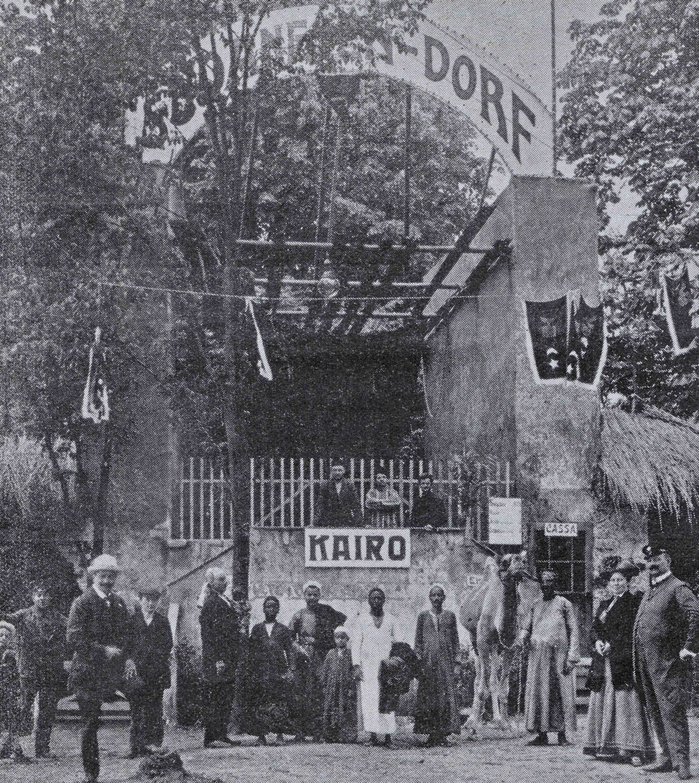
“Die ersten ‘Lappländer Polarmenschen’ wurden 1875 in Wien, Dresden, Schwerin und Stuttgart von Böhle und Willardt gezeigt, das ‘Amazonen-Corps’ wurde 1880 von Hagenbeck und Hood in Hamburg veranstaltet, für die ‘Gorilla-N*****’ wurde ein Antrag um Zulassung zum Oktoberfest 1901 gestellt, ‘Wild-Afrika’ war eine Völkerschau von Carl Gabriel auf dem Oktoberfest 1906 und die ‘Wakamba N***** KriegerKarawane’ trat 1893 in München auf.”
Vgl. Dreesbach, Gezähmte Wilde 2005, S. 113
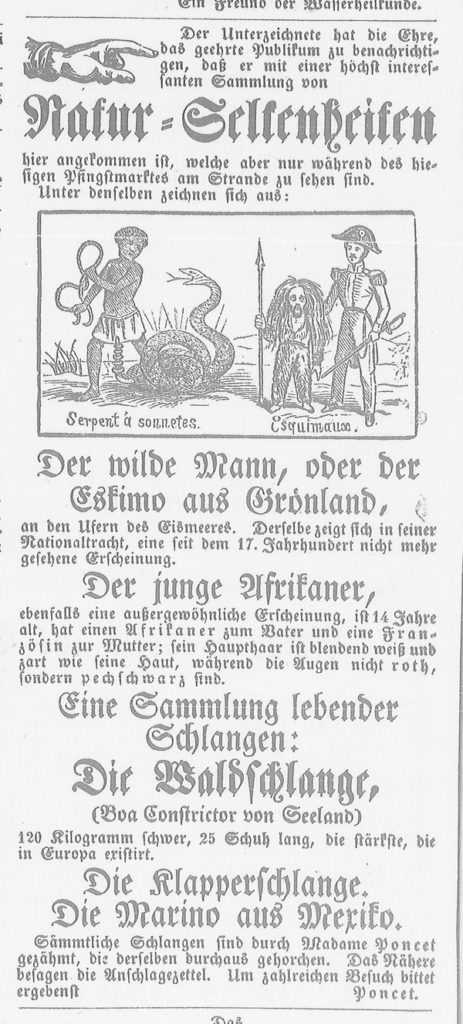
In television, advertising posters or even children books the depiction of Black people and People of Color is characterized by racist clichés and images.
Sources and for reading
- Wikipedia article: https://de.wikipedia.org/wiki/Kaiserpanorama; last accessed 19.11.2020.
- documentation on youtube: https://www.youtube.com/watch?v=u-F07vM-000; last accessed 19.11.2020.
- http://www.massenmedien.de/kaiserpanorama/emden/emden.htm; last accessed 19.11.2020.
- http://www.aiq.talktalk.net/3D/kaiserpanorama.htm; last accessed 24.05.2018.
- http://www.hh-geschichten.uni-hamburg.de/?p=3089; last accessed 17.05.2018.
- https://umlaufblog.files.wordpress.com/2015/09/publik-ez.pdf; last accessed 19.11.2020.
- Europäische Geschichte Online: 1http://ieg-ego.eu/de/threads/hintergruende/europaeische-begegnungen/anne-dreesbach-kolonialausstellungen-voelkerschauen-und-die-zurschaustellung-des-fremden#InsertNoteID_14_marker15; last accessed 4.12.2020.

